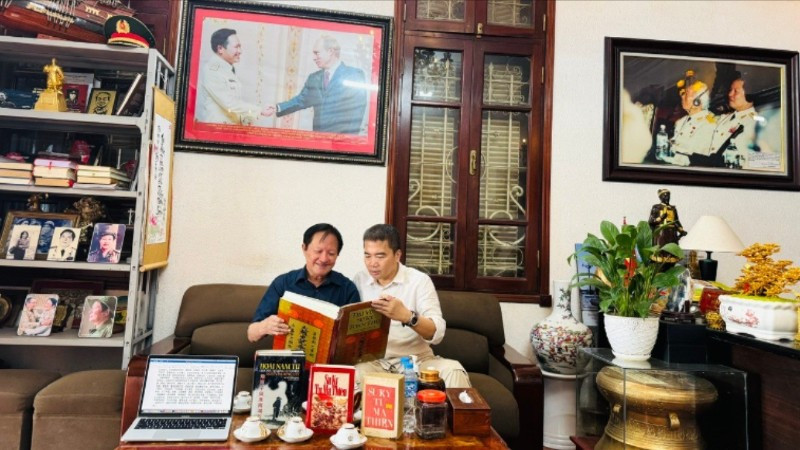
Considered a sacred symbol of the will to defend the country, the crossbow is often viewed through a cultural-legendary lens. The image of the crossbow is clearly depicted on the Ngoc Lu bronze drum (and the Co Loa bronze drum), which is the image of the archer stepping on the sling to hold the shaft of the Co Loa bronze arrow, like the sling holding the quiver of the crossbow.
Based on archaeological evidence, historical documents and modern weapons science research, Senior Lieutenant General, Academician, Doctor, Hero of the People's Armed Forces Nguyen Huy Hieu and weapons expert, engineer Vu Dinh Thanh have put forward a theory: The magic crossbow is real, it is a weapon that uses gravity with power far beyond the perception of the time.
The Crossbow is a historical entity, not just a legend.
Senior Lieutenant General Nguyen Huy Hieu (former member of the Party Central Committee, former Deputy Minister of National Defense) and weapons engineer Vu Dinh Thanh have painstakingly researched and presented many scientific arguments, raising the question: the magic crossbow is not simply a folk legend, but could be a key factor in the victory over the invading Qin army, contributing to the collapse of this powerful empire at the end of the 3rd century BC.
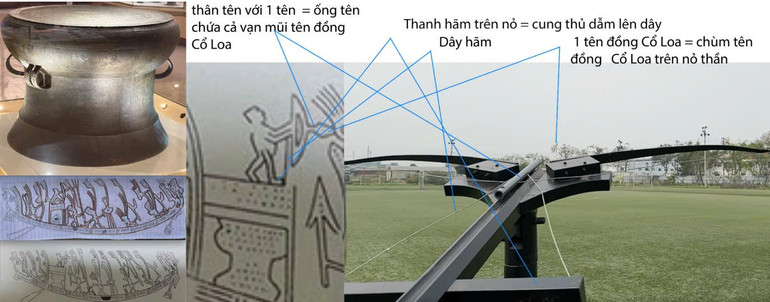
Learning about this, engineer Vu Dinh Thanh, who restored the "magic crossbow" that shoots Co Loa bronze arrows, shared that our ancestors had a unique way of shooting crossbows, different not only from ancient China but also from the whole world : they did not shoot straight at the target but shot high and then took advantage of the earth's gravity to make the bronze arrows fall more and more evenly. The special aerodynamic structure made the bronze arrows rotate around the axis, increasing their penetration many times over.
Mr. Vu Dinh Thanh was granted an exclusive patent by the Ministry of Science and Technology in 2022 for the invention "Crossbow that shoots many arrows, the force of the crossbow acts on the quiver, in the quiver there are many small arrows". This is a scientific and technological confirmation of the operating principle of the magic crossbow that can shoot many arrows.
According to Senior Lieutenant General Nguyen Huy Hieu, with his experience in fighting in the war against the US, he linked that phenomenon to the type of nail-laying artillery that was once used, capable of large-scale attacks and high damage. He affirmed: "We have directly faced that type of weapon, so there is every reason to believe that, if our ancestors knew how to exploit the same principle, then the magic crossbow could be a historical reality."
Since 2005, many archaeological discoveries at Co Loa Citadel (Dong Anh Commune, Hanoi) have shown that tens of thousands of bronze arrows were buried in the inner citadel area, dating back more than 2,300 years. Notably, a nearly 1,000m² weapons foundry was also discovered here, with a series of intact bronze casting molds and furnaces.
This is clear evidence that the ancient Vietnamese had built a large-scale, well-organized weapons production center with mass production capacity. Experts consider this to be one of the ancient military relics of special value in the Southeast Asian region.
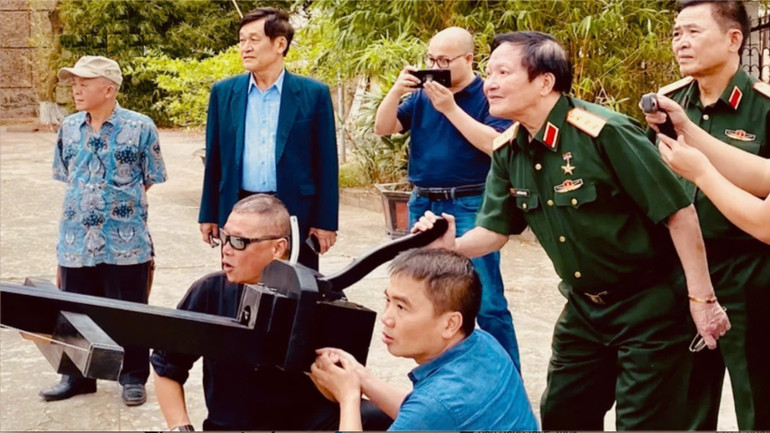
History needs to be approached with an open mind and based on evidence.
According to Senior Lieutenant General Nguyen Huy Hieu and engineer Vu Dinh Thanh, if Co Loa citadel had ever been captured, this foundry would have been destroyed or exploited, as the Ming army captured Ho Nguyen Trung - the cannon maker, and brought him back to China. The fact that the factory is still intact is an important sign that Co Loa citadel never fell into enemy hands and that the victory over the Qin army was real.
One noteworthy point is that at Trieu Da's tomb excavated in Guangdong, (China), there were no traces of the crossbow or Co Loa bronze arrow, nor did they appear in any military or cultural records of the Trieu dynasty that lasted nearly 100 years later.
Researchers believe that if Trieu Da had really conquered Au Lac, as some legends have it, then possessing and using the magic crossbow would have been a certainty. However, current archaeological evidence does not prove this. On the contrary, the weapon system in Co Loa is still intact, reinforcing the hypothesis that Trieu Da never conquered this citadel.
From a military-political perspective, Senior Lieutenant General Nguyen Huy Hieu believes that Trieu Da's development of Nam Viet in Guangdong and Guangxi (areas with a large Vietnamese population) required a policy of internal stability rather than waging war against the Vietnamese in Au Lac. The possibility that Trieu Da organized the Vietnamese to fight the Vietnamese, in the historical context at that time, was unreasonable.
The magic crossbow, long considered a part of the My Chau-Trong Thuy legend, is more symbolic than historical. However, with current archaeological data, scientific analysis and comments from military experts and historical researchers, it is time to re-examine the issue.
Senior Lieutenant General Nguyen Huy Hieu commented: " If a real military victory helped the nation maintain its territory, culture and identity 2,300 years ago, then we need to acknowledge it as part of historical truth."
The lesson from the restoration and study of the crossbow is not only in the ancient military aspect, but also in the affirmation of the creative capacity, independent thinking and self-determination of the Vietnamese people in the crucial moments of history. This is a necessary premise to arouse the spirit of self-respect, respect for the truth, and approach history scientifically, soberly and responsibly.
Source: https://nhandan.vn/giai-ma-no-than-co-loa-goc-nhin-moi-tu-khao-co-va-khoa-hoc-quan-su-post892000.html



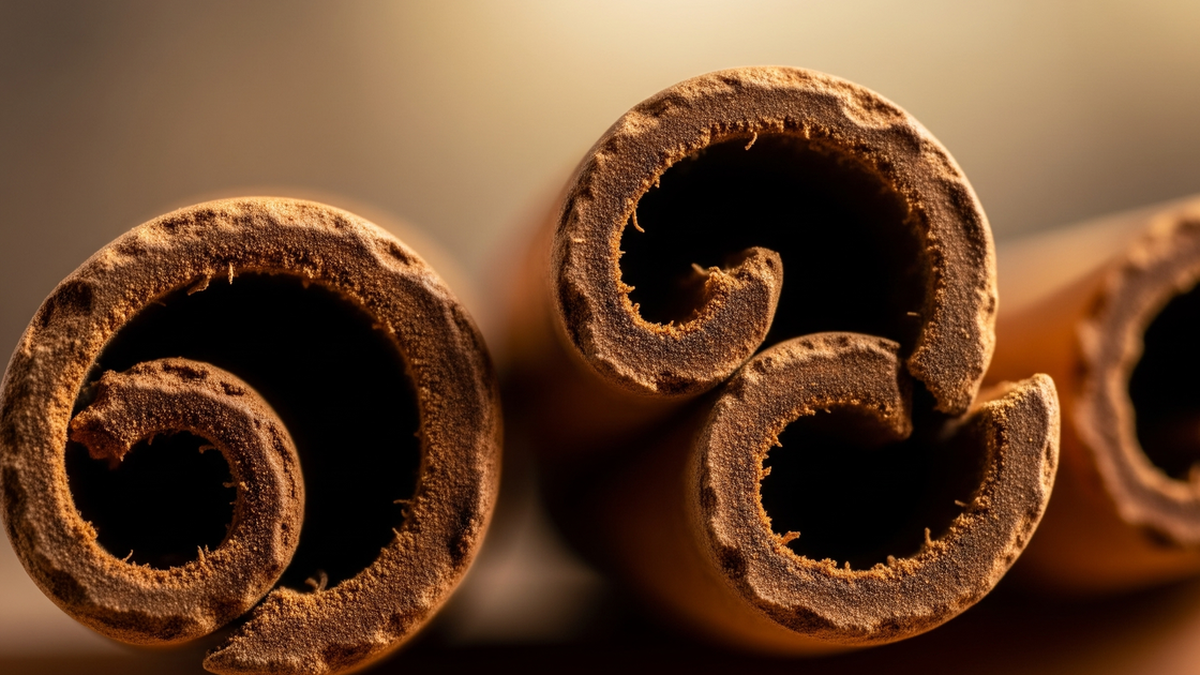


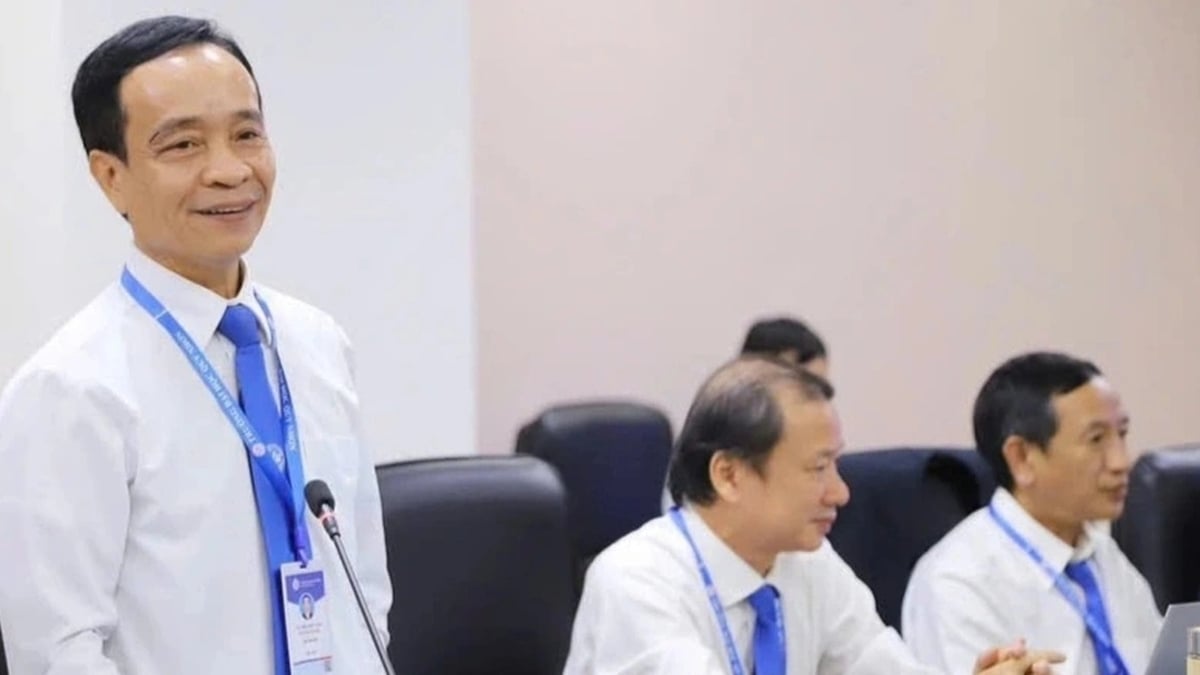
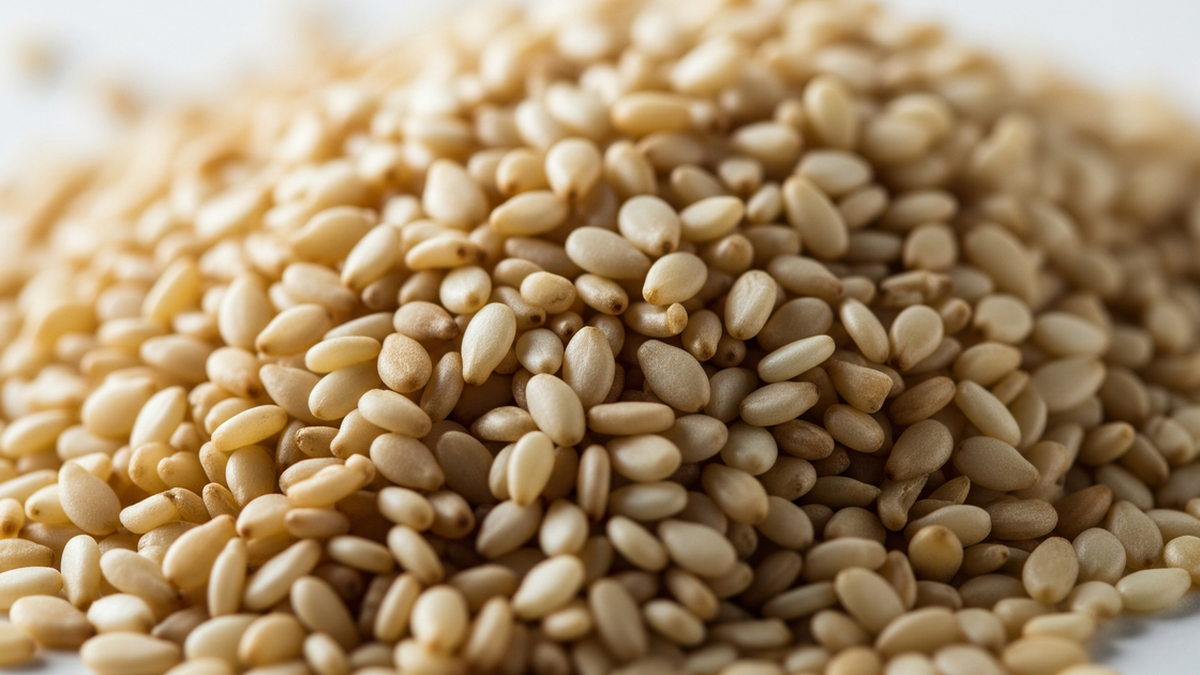

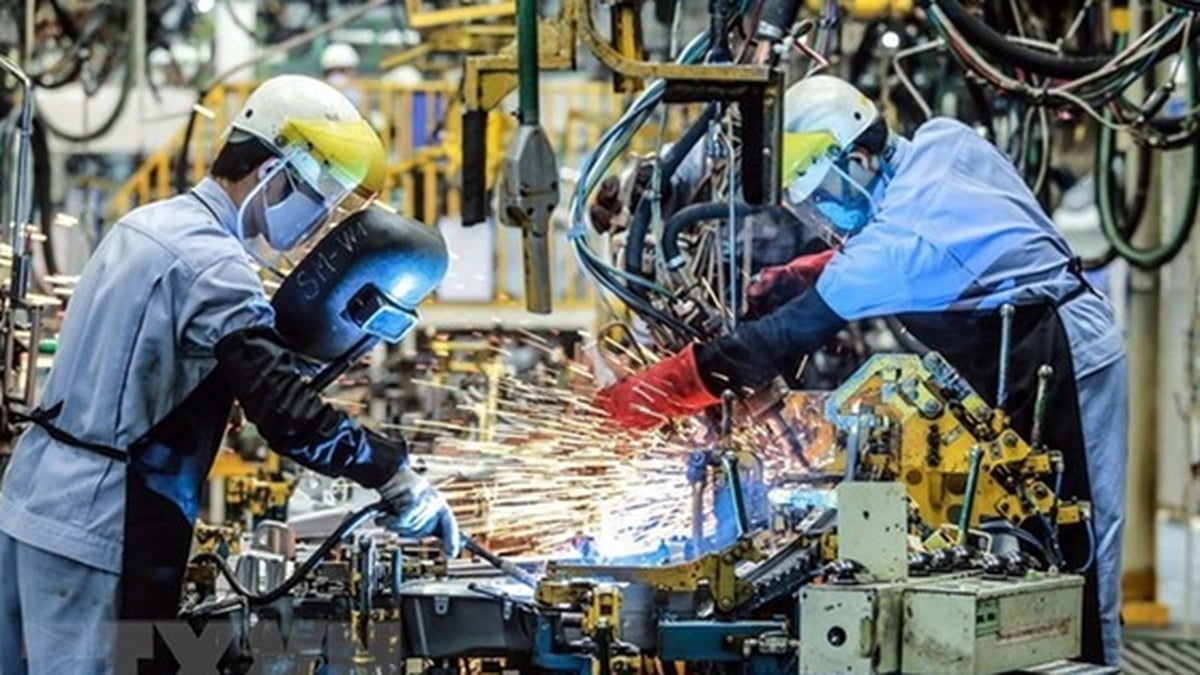

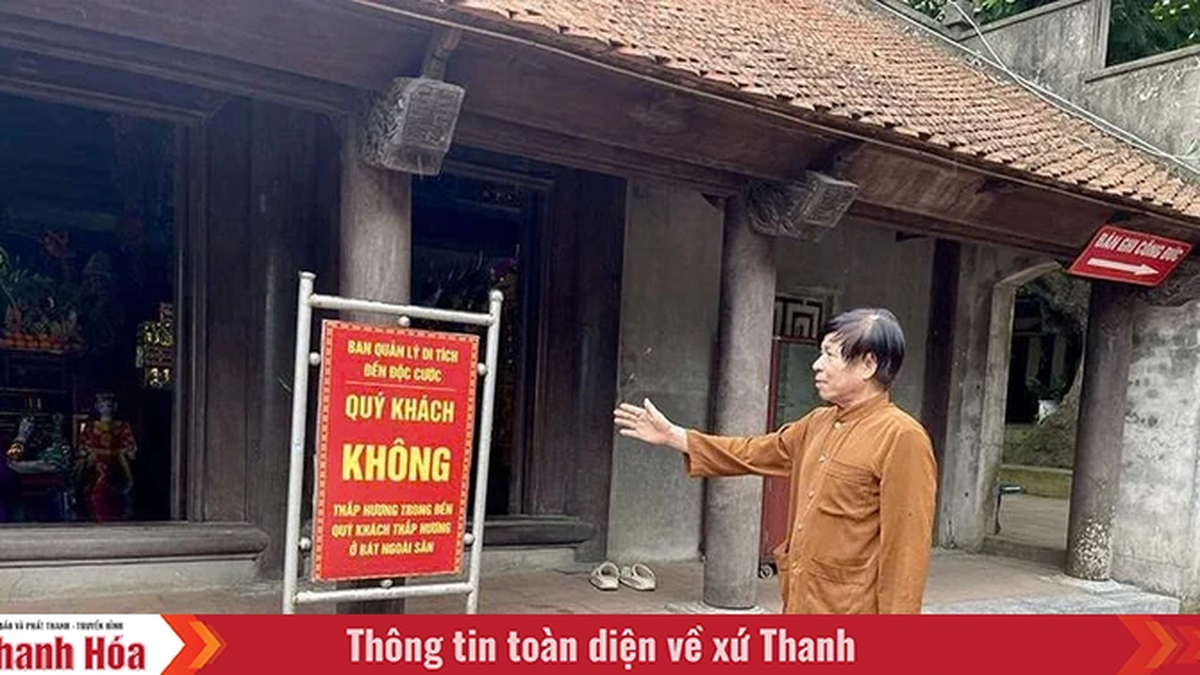








































![[Maritime News] More than 80% of global container shipping capacity is in the hands of MSC and major shipping alliances](https://vphoto.vietnam.vn/thumb/402x226/vietnam/resource/IMAGE/2025/7/16/6b4d586c984b4cbf8c5680352b9eaeb0)













































Comment (0)